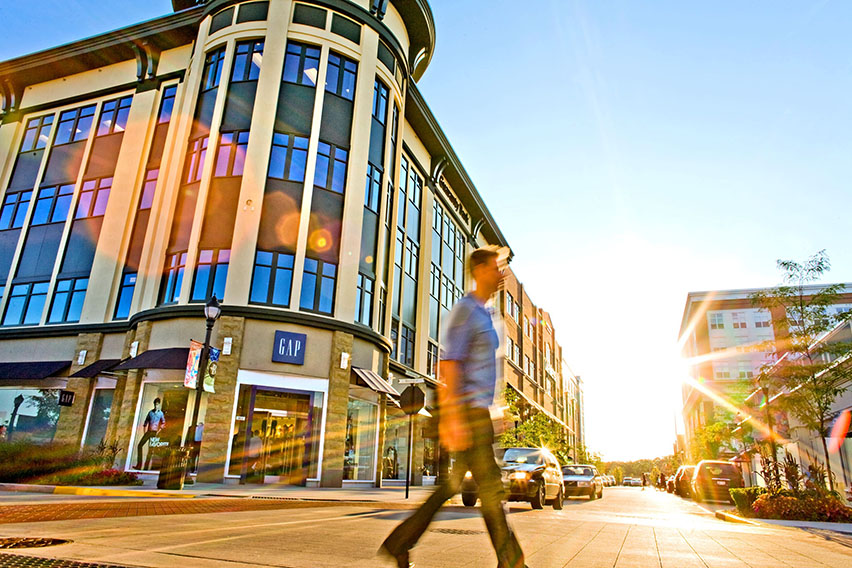By Yaromir Steiner
Perhaps no retail environment is more intriguing from an opportunity standpoint today in the United States than our B&C malls: environments that, for various reasons, have seen declining performance and declining value relative to their Class A counterparts.
As with so many aspects of retail development, understanding the dynamics surrounding B&C malls requires an appreciation for the key differences between need-based and want-based retail environments. Need-based environments provide essential goods, promise value, and generally serve local trade areas. Functionality and convenient local access are priorities, rents are typically based on costs, and management is likely to be cost-conscious and reluctant or unable to tolerate large capital expenditures. Want-based environments are very different. Designed and built to service large regional trade areas, want-based assets include primarily experiential and aspirational retail tenants. Rents are based on tenant sales and ongoing capital investments are essential. Investing in want-based centers has been compared to buying stocks, while investing in need-based centers is analogous to buying bonds.
In the 1970s and 1980s, the heyday of mall construction in America, virtually every shopping center was conceived and executed as want-based asset. Many of those once high performing want-based centers, for various reasons, have evolved into B&C level need-based assets with little to no upside potential. The reasons for the decline vary. In some cases, there was an inherent flaw just waiting to be exposed by a weak economy. In other cases, want-based competition or unfavorable development patterns forced a regional location into a more sub-regional profile. In most instances, the answer is as simple as an inexorable demographic shift and an eroding customer base as a direct result of a lack of capital investment. And because a want-based project requires significant capital injection to keep it fresh and sustainable, it will ultimately become non-responsive to the existential aspirations of its customers without that continuous investment.
The interesting question for these B&C malls today is this: which of them can survive? Which have conversion/redevelopment potential to become A-level assets and/or reclaim their original want-based identity? To some extent the answer to that questions depends on the degree of their demise. The criteria for assessing conversion opportunity are simple and straight forward: properties with regional accessibility and favorable market dynamics (lack of competition from a competing want-based asset, and solid demographics in the trade area). The demographic profile is arguably the most flexible point, because a strong want-based asset can draw from a very large geographic area.
While perhaps only around 25% of today’s B&C assets meet those criteria, that is still a significant number. With several hundred B&C malls currently operating throughout the United States. That works out to approximately 100 potentially favorable opportunities for conversion. The biggest hurdle for conversion is, unsurprisingly, a financial one: even a flailing B&C mall has legacy costs. Logistics can be tricky, as well, especially when dealing with existing tenants. Consequently, B&C conversions are almost impossible to do properly without public-private cooperation—for financial assistance, infrastructure upgrades, and assistance with resolving any eminent domain and regulatory/legislative issues. When executed correctly, however, the results can be impressive. Projects like Bayshore Town Center in Glendale (Milwaukee), Wisconsin, and Trademark’s La Palmera (formerly Padre Staples Mall) in Corpus Christi, Texas show that successful redevelopment/conversion of B&C properties can and will pay valuable dividends.
Download “The ABCs of B&C Malls” Shopping Centers Today.






